A 100 Year Old Flour Making Village on the Bank of the Mekong River
Have you ever wonder why Vietnamese noodles are so tasty? Is it because of the broth? Yes, it is! However, for us native Vietnamese, the soup itself is not crucial enough to solely bring a bowl of noodles to a certain level of deliciousness. Today, Top Vietnam Travel is introducing another category of South Vietnam culture showcasing an old flour-making village sleeping tranquilly in the heart of the Mekong Delta, where your strands of noodles are mostly coming from.
The path leading to a sleepy old village…
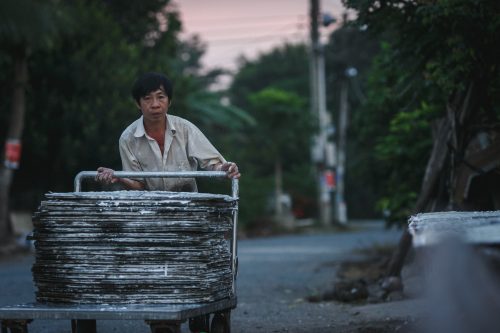 |
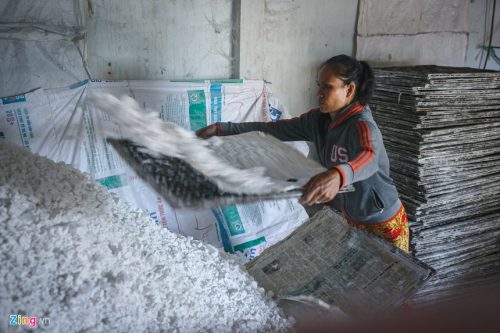 |
Even to some of our Vietnamese, Sadec is nothing better than a huge flower kingdom of the country, and as well where the sensational love story L’Amant by Margaret Durras was brought to the French, this lovely city of Đồng Tháp Province has been home to a flour-making village of over 100 years old.
At 4 am, when the whole Sadec town is deep in the dreams, from houses to houses, the dwellers are spending their very last hours of a good sleep, while a few households are kindling for a preparation of an early breakfast to be served and some native oldies are up for a long walk. During this first session of a new day, the small path leading to Sadec flour-making village in Tân Phú Đông Commune is covered in darkness and serenity due to the lack of street light. However, when the Sun is gradually on, you can easily spot out the straightaway drying bamboo frames following the long-lasting river bank and the apparent mechanic sound breaking the silence from the lit up residential buildings. This is when each of the families starts their new laboring day inside a long-founded flour-making village.
Sadec is an alluvial locality with an utmost gift granted by Mother Nature when born in between the two gigantic Tiền and Hậu Rivers of the Mekong Delta, a large wetland making up a huge part of South Vietnam culture. Sadec is a typical flooded Southern region with an immense network of rivers and canals, with the advantages of both overland and wetland regions. Centuries ago, Sadec was one of a few central trading hubs all over the Mekong Delta, which witnessed various rice trading practices occurred at the site and a populated town was born ever since.
However, back to the story of Tân Phú Đông Flour Village, its birth record has hardly been tracked and hence not informed. The one and only thing to be told is back at the dawn of the town, given an enormous source of ingredients, Sadec local farmers had come up with an idea of making edible powder from the rice harvested, and as a consequence, a wide range of traditional rice cakes made it to the dinner tables of locals in the surrounding areas.
The very first flour-making area was born in Tân Phú Đông and quickly spread to its neighbors such as Tân Quy Đông, Tân Khánh Đông, Tân Quy Tây, Ward 2, and so on during its heyday. Some of the families in those towns have been passing down such an authentic profession for three to four generations up to now.
… and its painstaking production behind
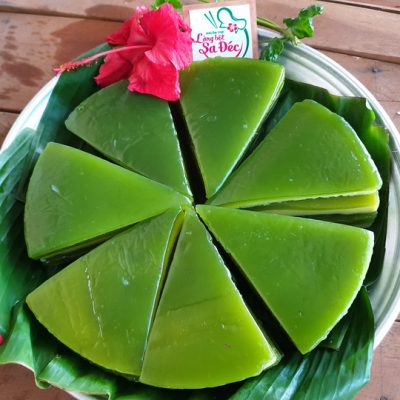 |
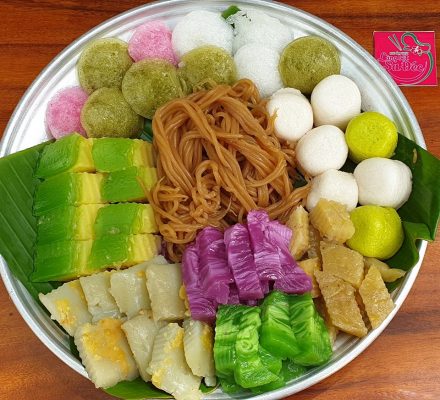 |
To get the procedure started, Sadec flour makers first need to rinse the rice in order to chase off all the impurities covering on the outside of each grain. After that, the rice is expected to be thoroughly ground with a help of a grinder. This very stage would release an ivory-color texture. The combination is then separated into solid and liquid parts, in which the solid compound will give out an eye-catching white outlook. Later on, the dried powder is repeatedly to be smoothly smashed. Ultimately, the makers are supposed to deposit sediments, and accordingly, the most essential sessions of the whole progress are all through.
Once the final stage comes, the role of the Sadec River’s water is now about to take effect when it is expected to help deposit sediments after being pumped from its initial source. During this section, according to some secretive methods, an additive made out of rose-mallow essence is mixed in. Within a good amount of time, which lasts roughly several hours, the pure grains of powder are slipping along, leaving its impurities to fall back to the bottom of the jars.
The final rice flour after being collected would be shipped over to the rice noodle factory for a further production of noodle strands. Other than that, Sadec flour artisans are able to produce dry powder for the packing procedure and transferred further to the rest of the country.
Do you know that visiting this famed local village is not a challenge at all! Even though not many travel agencies are actually aware of its existence, yet some of the best tour operators are wholly able to take you there for the best South Vietnam culture insight.

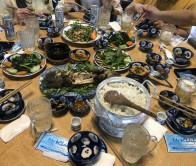

![Victoria Mekong Cruise – Ho Chi Minh City – Can Tho – Phnom Penh(5D/4N) [UPSTREAM 1]](https://mekongeco.com/images/thumbnail/268-445/1-2-2.jpg)
